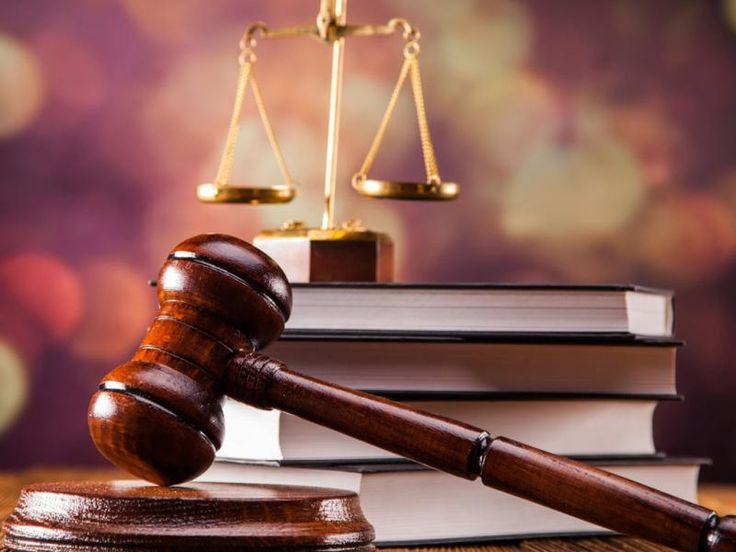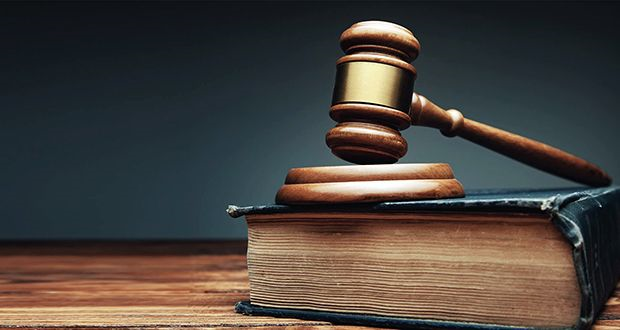Understanding State Emergency
A State Emergency in India, also called President’s Rule, is a constitutional mechanism under Article 356 of the Indian Constitution. It empowers the President of India to assume control of a state’s governance when the constitutional machinery of the state fails. The framers of the Constitution introduced this provision to safeguard democracy and maintain governance stability, especially in a federal structure where both Union and State governments share powers.
State Emergency is a safeguard tool, designed to protect the integrity of governance and prevent constitutional breakdowns in a state. While it is meant as a temporary corrective measure, its application has often sparked debates about federalism, misuse of power, and political interference. Understanding State Emergency requires a closer look at the constitutional provisions, powers of the President, and judicial safeguards.
Constitutional Basis: Article 356
Article 356 of the Indian Constitution empowers the President to impose State Emergency if the Governor of a state reports, or the President otherwise believes, that the state government cannot function according to the Constitution. Key points include:
- Initiation: The Governor can send a report to the President about a failure of constitutional machinery.
- Action by the President: The President may assume executive authority over the state, dissolve the Legislative Assembly, and direct the Union Government to administer the state.
- Parliamentary Approval: Any proclamation of State Emergency must be approved by both Houses of Parliament within two months and remains in effect for six months initially, extendable by six-month periods up to three years under certain conditions.
The article reflects the framers’ intent to provide a safety valve in a federal democracy, ensuring that governance continues in a state even during political crises, breakdowns, or insurrections.
Circumstances for Imposition
A State Emergency is imposed in the following circumstances:
- Failure of Constitutional Machinery: When a state government cannot function according to constitutional provisions, e.g., due to political instability or mass defections.
- Law and Order Breakdown: If public order collapses and state authorities cannot manage administration, the President can intervene.
- No Majority in the Assembly: If no party can form a government or maintain majority, the President can dissolve the Assembly and impose direct rule.
State Emergency is intended as a last resort, as the Constitution envisages federalism and autonomy of states. The S. R. Bommai v. Union of India (1994) case clarified that State Emergency cannot be imposed arbitrarily or for political purposes, and courts can review the validity of the proclamation.
Powers of the President under State Emergency
During State Emergency, the President assumes executive powers of the state and can:
- Dissolve the State Legislative Assembly
- Assume control over state administration
- Issue ordinances for governance
- Direct the Union Government to govern the state
The State government is effectively suspended, and all powers rest with the Union Government. While intended for temporary governance correction, this provision has historically been prone to misuse, particularly when political motives override constitutional norms.
Historical Misuse of State Emergency
The power to impose State Emergency has been misused in India’s political history, particularly during the Congress-dominated era. Some notable instances include:
- 1968 Kerala and 1977 Karnataka: Early misuse cases, where the central government dismissed state governments led by opposition parties, claiming failure of constitutional machinery.
- 1975 Emergency (National Level): Though technically a National Emergency under Article 352, the practice of suspending state governments demonstrated central dominance over states.
- S. R. Bommai Case (1994): The Supreme Court criticized arbitrary use of Article 356 and laid down strict guidelines for imposing President’s Rule. The Court emphasized that State Emergency cannot be imposed solely for political reasons, reinforcing judicial review as a check against misuse.
These examples highlight the vulnerability of federal structures to central interference, necessitating judicial safeguards and parliamentary oversight.
Judicial Safeguards and Constitutional Reforms
To prevent misuse, the Supreme Court and constitutional amendments have imposed safeguards:
- S. R. Bommai Judgement (1994): Established that the proclamation is justiciable, meaning courts can examine its validity.
- Parliamentary Oversight: Every proclamation must be approved by Parliament within two months.
- Maximum Duration: Initially six months, with extensions requiring Parliamentary approval every six months, preventing indefinite rule.
- Role of the Governor: The Governor must report objectively; subjective political bias can be questioned in courts.
These measures ensure that Article 356 is used sparingly and legitimately, maintaining federal equilibrium.
Contemporary Relevance
State Emergency remains relevant in modern India due to occasional political instability:
- For example, in 2019 Puducherry, President’s Rule was imposed after the collapse of the elected government, showcasing the mechanism’s role in maintaining governance continuity.
- However, historical misuse serves as a cautionary tale, highlighting the need for objective assessment and judicial vigilance.
The provision reflects the balance between federalism and national integrity, emphasizing that it is a constitutional tool, not a political weapon.
Real-Time Example
A practical instance of State Emergency was in Arunachal Pradesh (2016), when the Governor reported a constitutional breakdown due to defections. President’s Rule was imposed to stabilize governance, and after a few weeks, a new government was formed under constitutional norms.
This example highlights how State Emergency, when exercised objectively, preserves the rule of law and ensures governance continuity without violating democratic principles.
Mnemonic to Remember – “STATE RULE”
To easily recall the key features of State Emergency, use the mnemonic “STATE RULE”:
- S – Suspension of State government
- T – Temporary governance by Union
- A – Article 356 powers
- T – Time-limited (initially 6 months)
- E – Executive powers assumed by President
- R – Review by Judiciary (justiciable under S.R. Bommai case)
- U – Union Government oversight
- L – Legislative approval required
- E – Emergency only for constitutional failure
This mnemonic captures purpose, procedure, powers, and safeguards associated with State Emergency.
Mnemonic Recap:
STATE RULE → Suspension, Temporary Union governance, Article 356, Time-bound, Executive powers, Review by judiciary, Union oversight, Legislative approval, Emergency for constitutional failure
About lawgnan:
Explore the State Emergency in India (Article 356) in detail at Lawgnan.in. Understand how President’s Rule ensures governance continuity when a state’s constitutional machinery fails. Learn the procedure, powers, safeguards, and judicial control through landmark cases like S.R. Bommai v. Union of India (1994). This article simplifies the concept, highlights the federal balance, and explains the mnemonic “STATE RULE” for easy recall. Perfect for law students, UPSC aspirants, and judiciary candidates, it clarifies how the Constitution safeguards democracy against political instability. Visit Lawgnan today to strengthen your constitutional knowledge.




